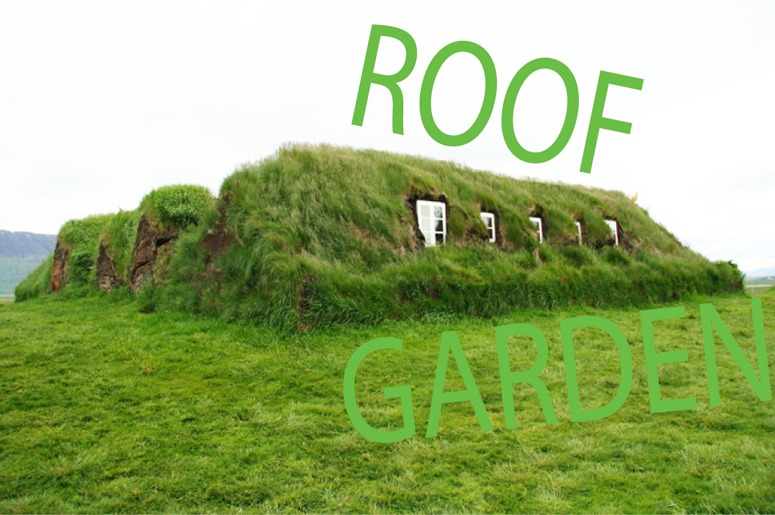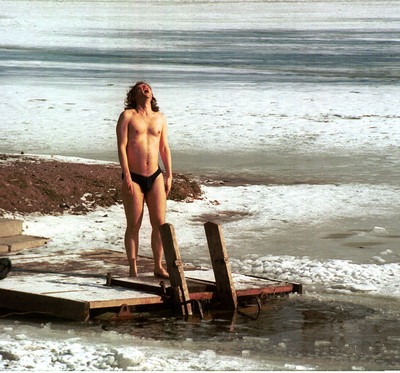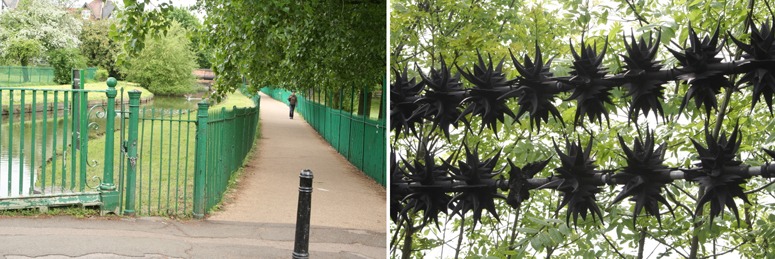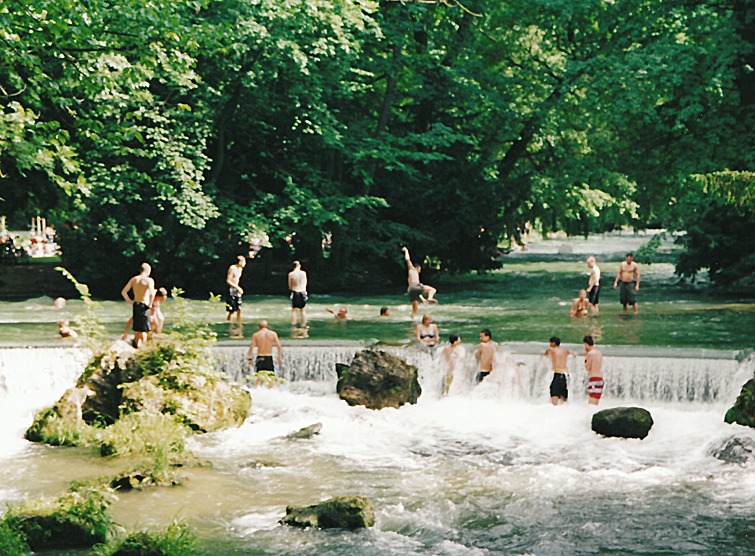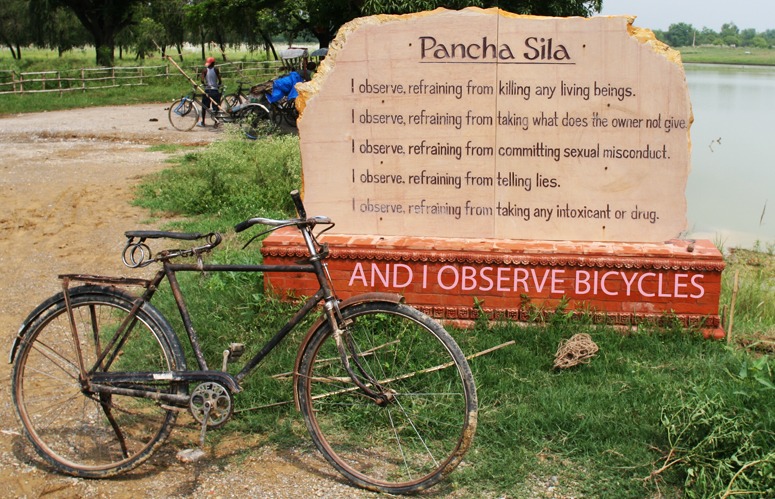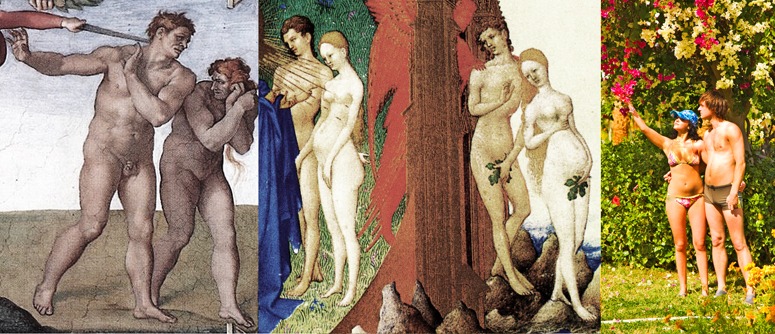
What type of plants grew in Eden, apart from apples and figs?
Apart from fig leaves, bougainvillia and sin, what was planted in the Garden of Eden? We can say little about the layout but something about the location and something about the planting design. It may be argued that ‘every tree that is pleasant to the sight, and good for food’ (Genesis Chapter 1) meant those plants which grow wild, while the the Garden of Eden (as described in Genesis Chapter 2) might have contained only those plants that grow as a result of cultivation. Cultivated varieties of plants have existed since approximately 10,000 years ago the description of the Garden of Eden in Genesis took its final form approximately 2,500 years ago, when the distinction between wild and cultivated species was well known – though its scientific origin was of course unknown.
On the wider question, we should consider whether Adam and Eve were wrong to seek knowledge – and whether we are wrong to continue the quest. George Steiner wrote, in Bluebeard’s Castle, that ‘We cannot turn back. We cannot choose the dreams of unknowing. We shall, I expect, open the last door in the castle, even if it leads, perhaps because it leads, on to realities which are beyond the reach of human comprehension and control.’ He thought it possible that humanity is engaged on an endless quest for knowledge and that, as in Bluebeard’s Castle, opening the last door will lead to doom.
And is humanity descending ever-further into a morass of sin? I hope not – but Eve on the left (by Michaelangelo) does not look as though she has been leading the good life and Adam on the right looks emasculated as a result of eating too much factory-farmed chicken. I prefer the medieval Adam and Eve (from the Très riches heures) and believe that the planners and designers of more sustainable ways of living have much to learn from the middle ages and medieval gardens.

